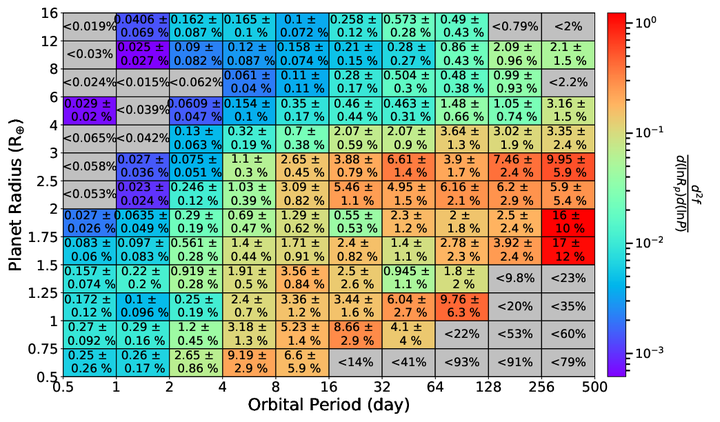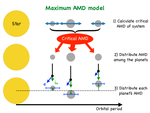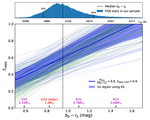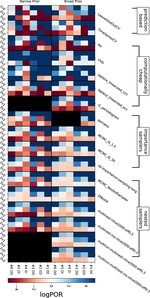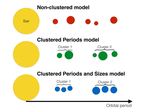Our research group specializes in the Bayesian analysis of exoplanet observations, including Doppler, transit, transit timing, and astrometric observations. This page features papers that develop new statistical methods, introduce recent development in statistics to the field of exoplanets, or just include a significant amount of statistical methodology. For example, we have a series of papers characterizing the population of exoplanets based on Kepler data using “SysSim”, the Planetary Systems Simulator.
Additional Resources:
